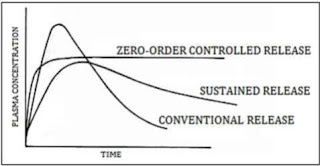Immobilized Enzymes Reactors
- The methods for the heterogenisation (or localization) of enzymes
- by coupling them to insoluble supports or
- by entrapment.
- The types of reactors used for immobilized enzymes are summarized in Figure given bellow.
Reactors for immobilized enzymes. (a–c)(a) Batch reactors with complete backmixing; (b) Stirred-tank reactor; (c) Fixed-bed reactor; Fluidized-bed reactor. (d–f) are-Continuously operated reactors with complete back mixing.(g–h) are the Continuously operated reactors with plug-flow behavior.(I) Reactor with the enzyme immobilized in or on a membrane that may at the same time separate two phases such as water and organic solvent. (j) reactor with physically separated enzyme and organic solvent in order to prevent denaturation of the protein
(I) Reactor with the enzyme immobilized in or on a membrane that may at the same time separate two phases such as water and organic solvent.












Comments
Post a Comment
Thanks